News
Reducing cement's CO2 footprint
The manufacturing process for Portland cement causes high levels of greenhouse gas emissions. However, environmental impacts can be reduced by using more energy-efficient kilns and replacing fossil en...
Published on
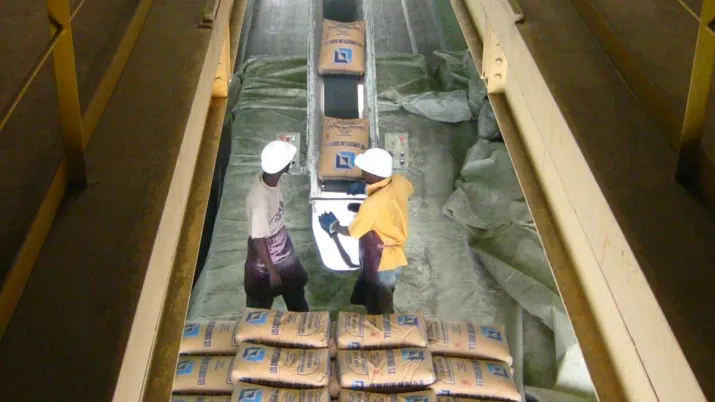
Financing cement achieves sustainable development
Cement production plays an important role in the development of a country, but it is also energy-guzzling and polluting. EIB has implemented selection criteria that promote environmental and social re...
Published on

Concrete, a solution for sustainable construction
Concrete is being revolutionized in order to contribute to the immense transformation that needs to take place in the construction world, which is a high emitter of CO2. When we consider the global en...
Published on
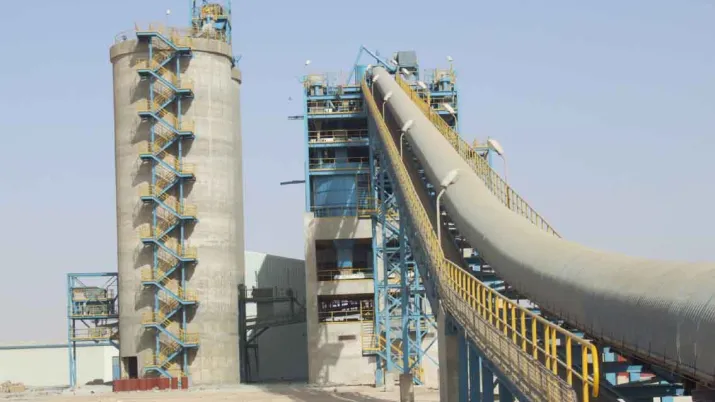
Cementing the foundations of growth
The cement sector is evolving rapidly. Consumption is increasing, boosted by demand from emerging countries; consolidation is being scaled up almost everywhere. Production continues to be mainly local...
Published on

Mixed results for private sector participation in Africa's railways
Africa's railways face competition from roads and need to be modernized. Their diversity means that reforms must be conducted on a case-by-case basis; private participation can also take a variety of...
Published on
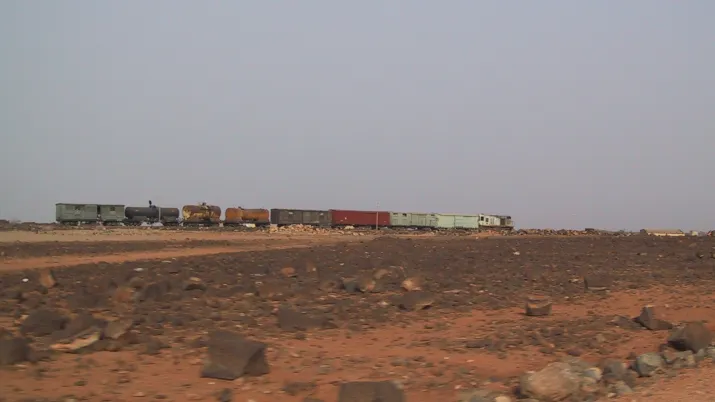
African railway concessions, a step forward but not the whole answer
Railway concessions in Africa may present significant difficulties but they do often improve economic results and service quality. If they are to be effective, African concessions must be based on joi...
Published on

The paradox of the Djibouti-Ethiopia railway concession failure
The Djibouti to Ethiopia railway line concession ended in failure despite the fact that the rehabilitation project was considered viable and that it was also fully coherent from a political and econom...
Published on
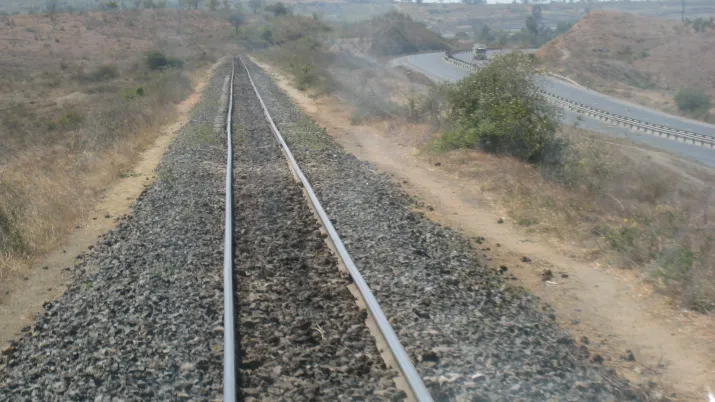
Improving concession contracts in sub-Saharan Africa
Thanks to its experience in Africa's rail sector, the European Investment Bank can determine optimal conditions for implementing a concession. The conceding authority must first and foremost be strong...
Published on
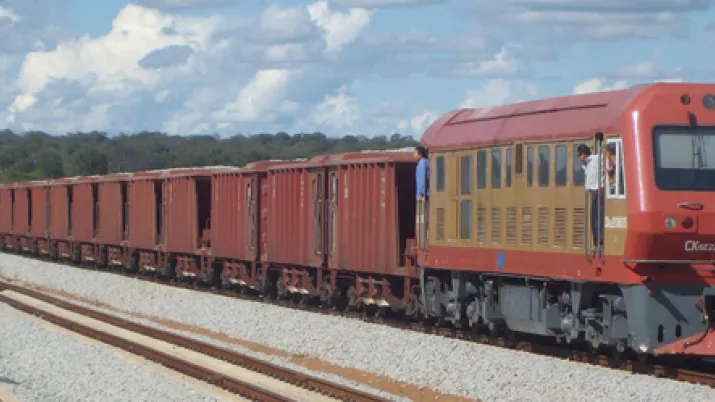
Developing Africa's railways using existing infrastructure
Although it may be difficult to make a final assessment of rail concessions in Africa, it is possible to point up the conditions that foster private sector involvement. In order to upgrade infrastruct...
Published on

Railway concessions in Africa : difficulties encountered and possible solutions
Although railway lines may offer a great economic interest for certain African States, private players such as Bolloré Group, which manages Sitarail and Camrail under concessions, have to face a whole...
Published on
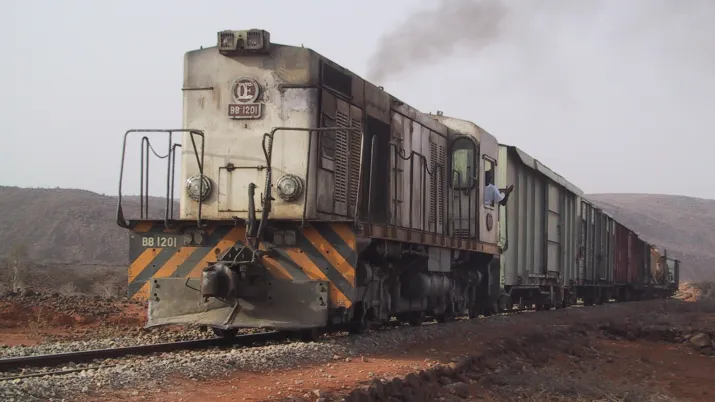
A balance between public and private sector roles : the key to a successful rail concession
When it comes to transport capacity, cost per kilometer, longevity and safety, railways are preferable to roads. However, concessions have not promoted private investment as much as expected and have...
Published on
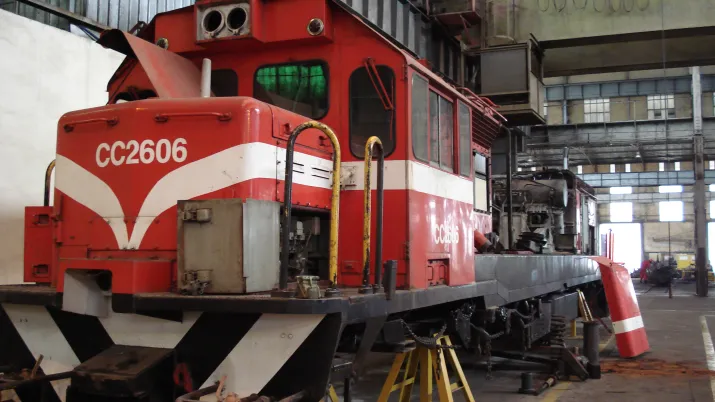
Getting the mining sector to work for Africa: the role of DFIs
The role played by Development Finance Institutions (DFIs) in the rapid development of Africa 's mining sector has seen a slight downturn. This can be explained by the strong presence of private inves...
Published on
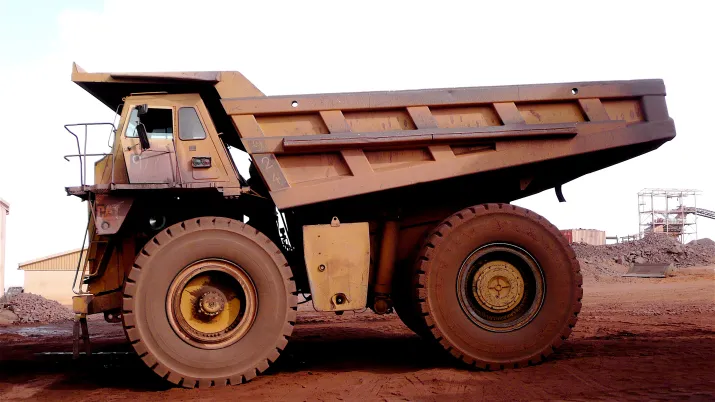
The singular identity of a true "African child"
Mwana Africa – a mining company founded and managed by Africans – bases its development strategy on diversity (geographical sites, minerals exploited) and responsibility. Although employee safety is a...
Published on
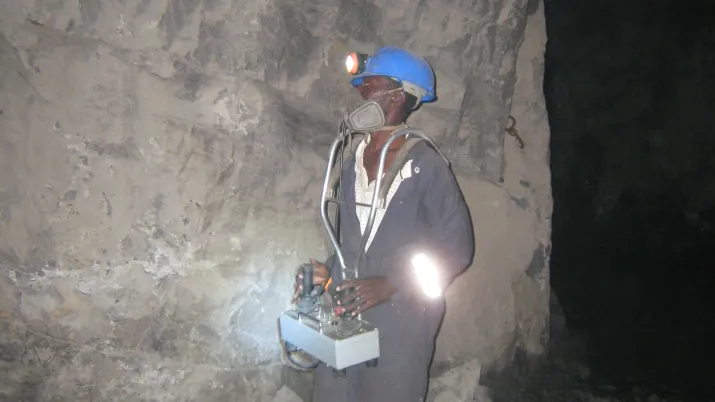
The role of transparent and fair taxation in converting Africa's mineral wealth into development
The mining industry does not contribute enough to Africa 's development – when it does not make local populations poorer and destroy the environment. Its fiscal regime needs to be overhauled, with a g...
Published on
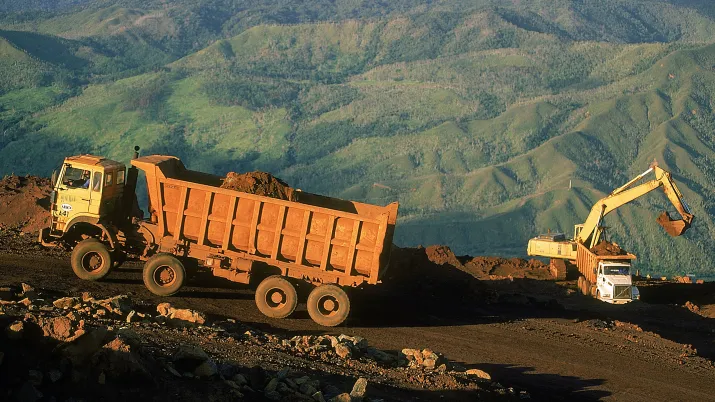
What are the impacts of the African mining sector liberalization?
Mineral sector reform has brought mining back to Africa - aided by price rises in the early 2000s - mpacting on investment, growth and poverty reduction. And there are no indications that price trends...
Published on

The rise of emerging players in global mining: drivers and future challenges
Mining companies in emerging countries benefited from market liberalization and the surge in raw materials prices between 2003 and 2008. This allowed them to strengthen their balance sheets, invest in...
Published on
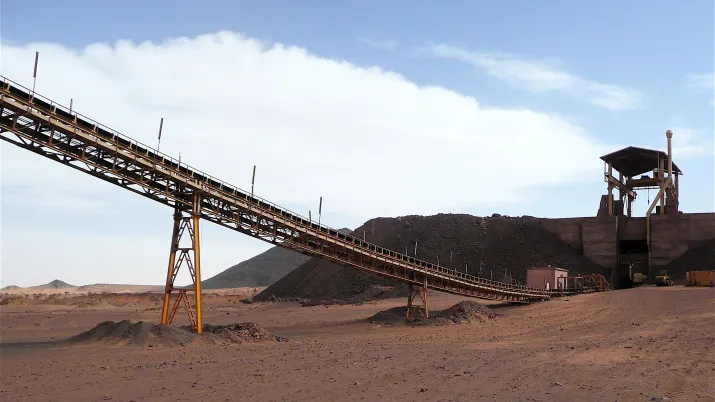
Investment in junior companies: laying the foundations for economic development in Africa
Investing in junior mining sector players is much more than a simple opportunity: it can catalyze growth in Africa. New fields can, for example, be exploited thanks to junior players; despite fluctuat...
Published on
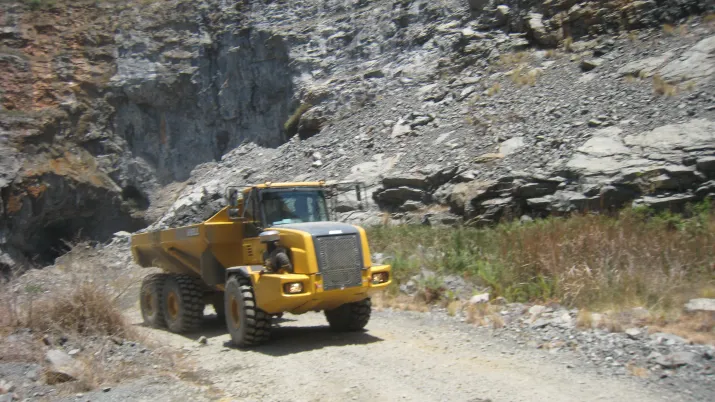
How can Africa's mineral resources help promote sustainable development?
Since 2003, demand for mineral resources has been bolstered by growth in emerging countries. In Africa, it opens a «window of opportunity» that can make its growth sustainable. The exploitation of its...
Published on
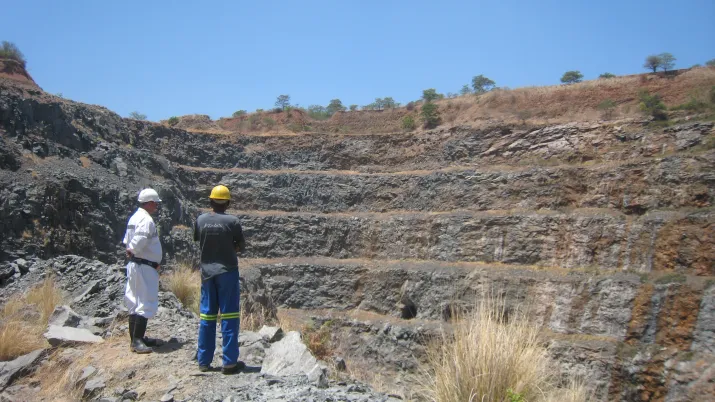
Tourism in developing countries: a neglected lever of growth despite its potential
As the negative impacts of tourism are clearly visible, they tend to dominate the spheres of debate and research and consequently eclipse its positive spillover effects, which are less visible and mor...
Published on
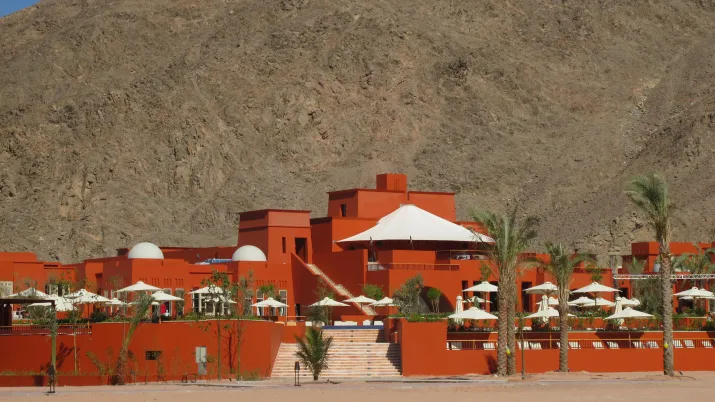
What tourism for remote areas in developing countries?
Remote sites in developing countries often present a major interest for tourism. Although the difficulties to access them, the lack of infrastructure and skilled human resources may pose a problem, “p...
Published on

